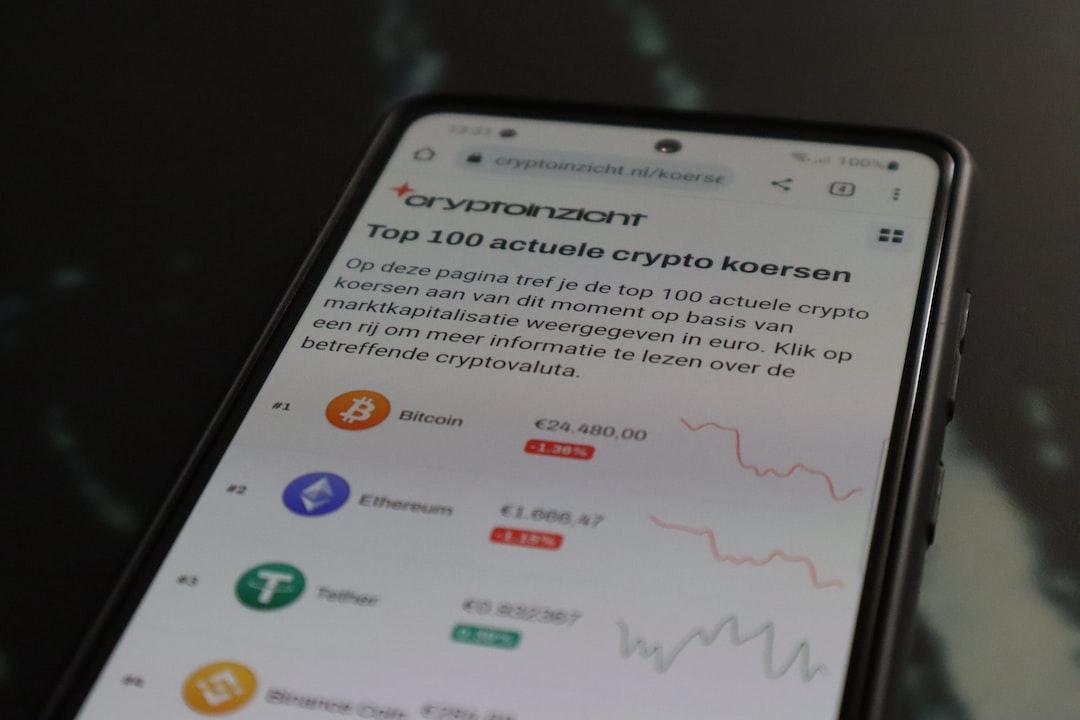Exploring the Potential of Bitcoin from a Business Perspective
Authored by Roger M. Benites
Last updated:
June 12, 2024 11:40 EDT
|
8 min read
Disclaimer: The following content is a promotional article and does not constitute part of the editorial content of
Cryptonews.com
.
Over the past two years, the Bitcoin ecosystem has witnessed a surge in development that surpasses the progress made in the previous fifteen years combined. This advancement has not only solidified Bitcoin’s role as a reliable store of value independent of traditional financial systems but has also enhanced its capabilities as a peer-to-peer payment network. The ultimate objective of Bitcoin, as envisioned by its creator, Satoshi Nakamoto, is to evolve into a global currency. While significant strides have been made towards this goal through technical innovations, there remain several key developments necessary for Bitcoin to attain global recognition. This article aims to provide an overview of the current landscape of developers and builders within the ecosystem, while also delving into the emerging markets that will emerge from these innovations.
The Evolution of Bitcoin Over the Years

Satoshi’s vision for Bitcoin was rooted in the creation of a decentralized, trustless financial system that would be impervious to control by any central authority. The Bitcoin white paper emphasized the importance of low transaction costs to compete with traditional financial systems. To achieve widespread adoption and fulfill its potential, Bitcoin must establish itself in three critical roles: a stable store of value, a medium of exchange, and a global monetary network.
Understanding Market Dynamics
One of the key technical challenges facing Bitcoin as a payment platform is the block size within the Bitcoin blockchain, which determines the number of transactions that can be stored in a block. Currently capped at 1 megabyte (MB) by the Bitcoin protocol, the block size directly impacts the volume of transactions included in each block. This limitation was initially implemented to ensure broader participation in network security through mining, as larger blocks could potentially centralize control in the hands of a few dominant miners. Developers face the ongoing challenge of innovating ways to overcome these self-imposed restrictions while upholding the principles that these limitations were designed to safeguard.
Another critical factor to consider is Bitcoin’s price volatility, influenced by various factors such as market speculation, government regulations, and technological advancements. Given that Bitcoin is predominantly traded against the US dollar, it remains susceptible to fluctuations in US financial markets and economic events. Recent developments, such as the approval of the Bitcoin ETF, have attracted new capital inflows from institutional players, positively impacting network growth. However, this influx of traditional financial entities also introduces a level of control over Bitcoin’s pricing dynamics. Events like GDP reports, consumer price index (CPI) reports, and Federal Reserve meetings can significantly impact Bitcoin’s volatility, underscoring the need for participants to remain vigilant of these developments.

The Current Builder Ecosystem
To enhance Bitcoin’s transaction capacity and address price volatility, developers have implemented various strategies based on the Bitcoin blockchain.
Two primary approaches to building on Bitcoin include Layer 1 and Layer 2 applications.
Layer 1 applications involve direct integration with the Bitcoin blockchain, made possible by the Taproot upgrade in November 2021. This upgrade introduced Tapscript, enabling smart contract functionality on the Bitcoin network. Smart contracts, which are programmable digital agreements, facilitate the development of decentralized applications (dApps) like decentralized finance (DeFi) and non-fungible tokens (NFTs). This diversification is expected to stabilize Bitcoin’s value.
Layer 2 and sidechain solutions operate alongside the main Bitcoin blockchain, leveraging its security features for final settlement. These applications aim to reduce the burden on the Layer 1 chain, enabling a complex decentralized financial ecosystem to function efficiently. By processing individual transactions off-chain and confirming net changes back to Layer 1, Layer 2 applications enhance scalability and efficiency.
Layer 1 and Sidechain Innovations
Rootstock (RSK)
RSK is an Ethereum Virtual Machine (EVM) compatible sidechain for Bitcoin, integrating Ethereum’s smart contract ecosystem with Bitcoin. Utilizing a two-way peg system based on a federation of functionaries, RSK enables the seamless transfer of assets between Bitcoin and Ethereum networks. Merged mining with Bitcoin allows for faster block creation, with an average transaction time of 6 minutes.
The Liquid Network
The Liquid Network is a sidechain protocol that facilitates rapid settlement, asset issuance, and private transactions on Bitcoin. Operating as a federated network under the Liquid federation, the network ensures seamless asset transfers between the mainchain and sidechain, maintaining consistent value across both. With an average block time of 60 seconds and two-block finality, the Liquid Network can confirm transactions within 2 minutes.
Ordinals
Ordinals enable data inscription on the Bitcoin blockchain, paving the way for Bitcoin-native NFTs. By numbering individual satoshis and allowing arbitrary data inscription, ordinals introduce fungible tokens known as BRC-20s, minted and traded directly on Bitcoin. While ordinals have significantly increased transactional volume and block processing on the Bitcoin blockchain, the network’s block transaction times average between 10-15 minutes, subject to network congestion.
Bitcoin Virtual Machine (BitVM)
BitVM presents a novel computing paradigm akin to Ethereum’s virtual machine, addressing the limited capacity of the Bitcoin blockchain for smart contracts. By validating off-chain computations on Bitcoin, BitVM offers a design space for more expressive Bitcoin contracts and off-chain computation. This concept could potentially streamline the transition between Layer 1 and Layer 2 networks, reducing the need for intermediaries and enhancing decentralization. While BitVM is still in the conceptual stage, it holds promise for various applications within the Bitcoin network.
Layer 2 Solutions
Lightning Network
The Lightning Network is a Layer 2 payment protocol designed to facilitate faster transactions at lower fees, enhancing Bitcoin’s scalability as a payment system. By creating payment channels off-chain between parties, the network expedites transaction times, ranging from milliseconds to under 1 minute. Notably, partnerships with payment service providers like Strike have enabled over 400,000 merchants to accept Bitcoin payments via the Lightning Network, offering significant cost savings compared to conventional credit card transactions.
Stacks
Stacks is a Bitcoin Layer 2 blockchain that supports smart contract programmability through Proof-of-Transfer (PoX) mechanism. By settling all transactions on the Bitcoin blockchain, Stacks miners leverage Bitcoin to mine Stacks blocks and earn native STX tokens. With block times expected to decrease to 5-10 seconds following the upcoming Nakamoto upgrade, Stacks offers a scalable and efficient solution for decentralized applications on the Bitcoin network.
Envisioning the Future

As the Bitcoin smart contract ecosystem continues to expand, driven by current and future protocols, we anticipate a surge in transactions and market capitalization as the utility of a decentralized monetary network gains traction. Developers play a crucial role in advancing this industry, aligning with Satoshi’s vision and core principles that underpin the Bitcoin network. While financial incentives may drive developer contributions, it is essential to uphold the core values of security, stability, and decentralization that define the Bitcoin ecosystem.
As Bitcoin enthusiasts, we must collectively work towards the shared vision of a decentralized economic future. Bitcoin embodies a set of values essential for societal progress, requiring us to honor the contributions of early developers, technologists, and believers who laid the foundation for Bitcoin’s success. By staying committed to Satoshi’s vision of a global monetary network, we can pave the way for a more inclusive and robust economic future for all participants.
While developers shape the present, it is the collective effort of network participants that will guide us towards the future envisioned by Satoshi. Bitcoin’s mission to revolutionize global finance hinges on our unwavering dedication to building a more equitable and prosperous economy for generations to come.
Subscribe to Updates
Get the latest creative news from FooBar about art, design and business.

